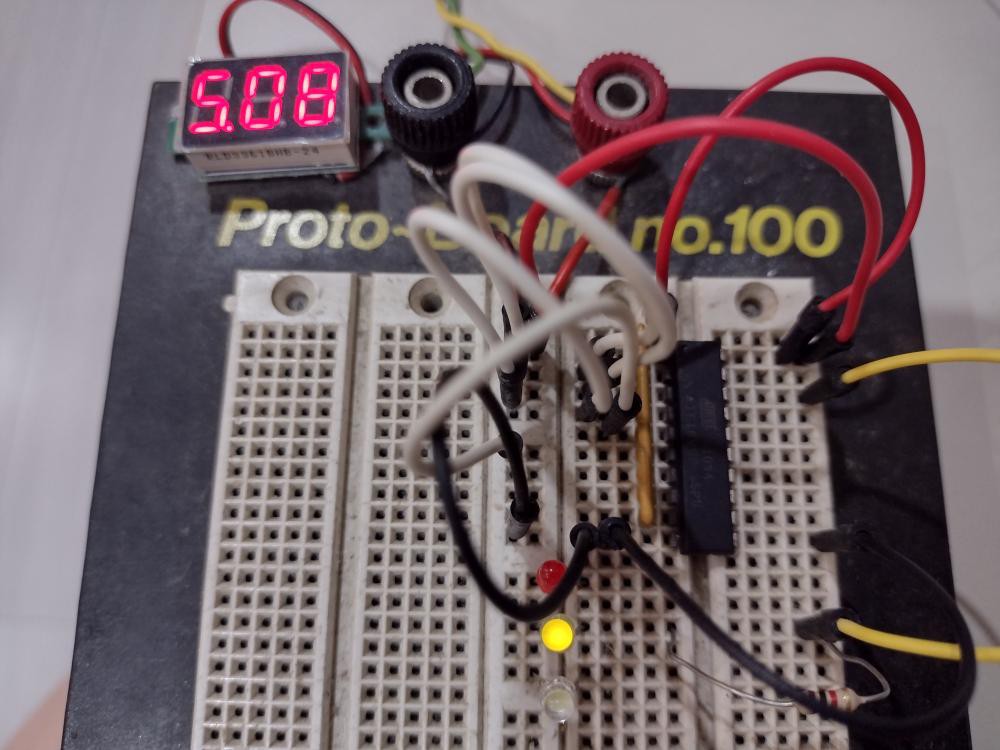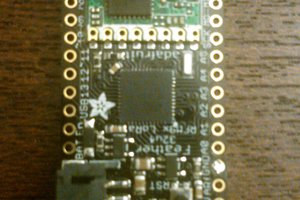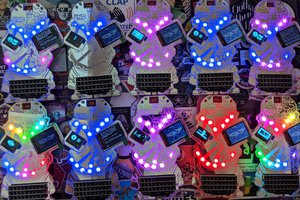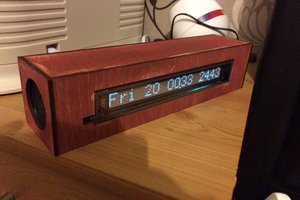I have been interested in programmable logic devices for a while. They are less well-known compared to logic chips and CPUs, but can do tasks that would require combinatorial and/or sequential logic with fast processing. They process in hardware instead of being driven by a program but they are customisable by programming.
This project will log my personal progress in exploring such devices from scratch. I will start with GAL (Generic Array Logic) and work my way up to CPLDs and FPGAs.
 Ken Yap
Ken Yap

 jlbrian7
jlbrian7
 Zapp
Zapp
 ThunderSqueak
ThunderSqueak